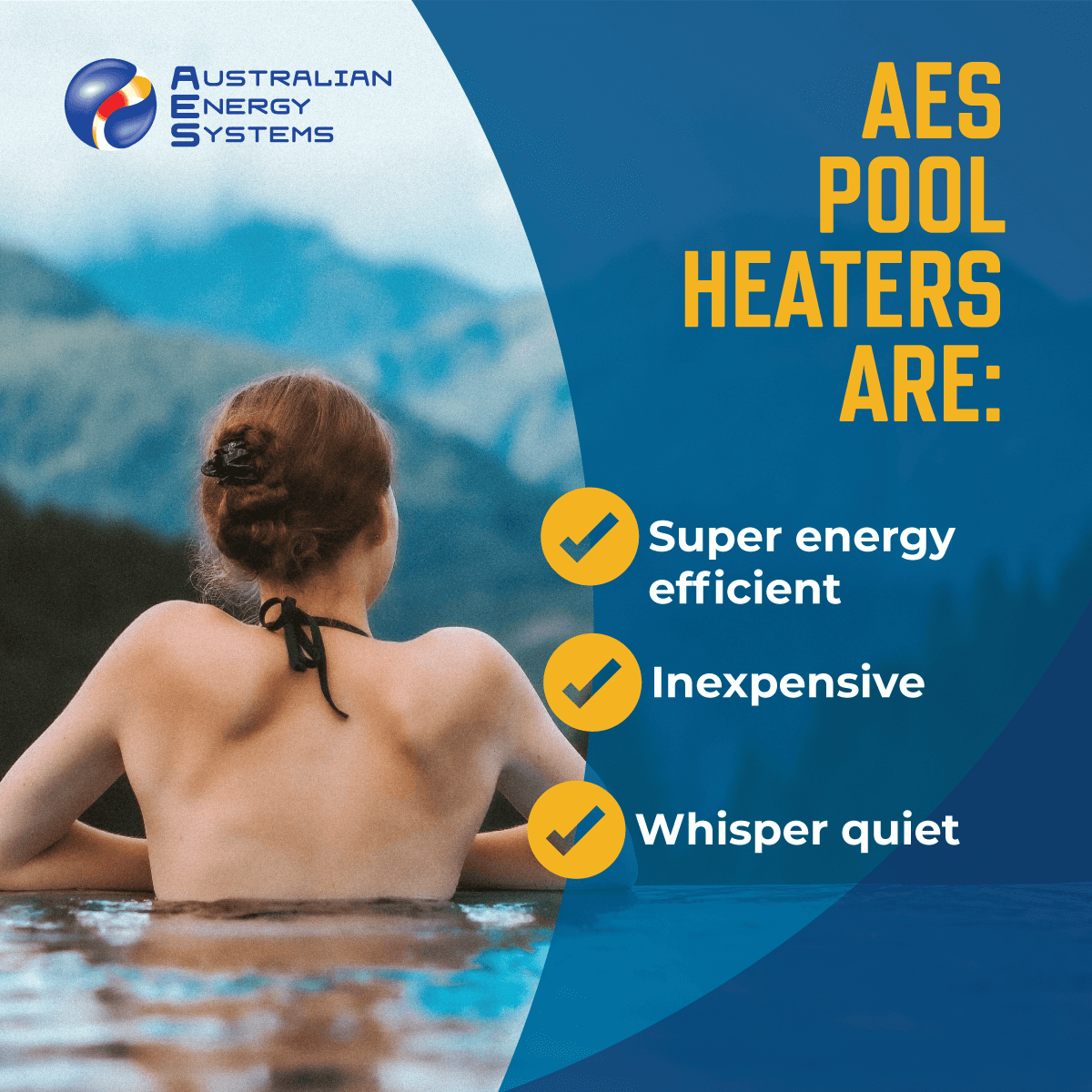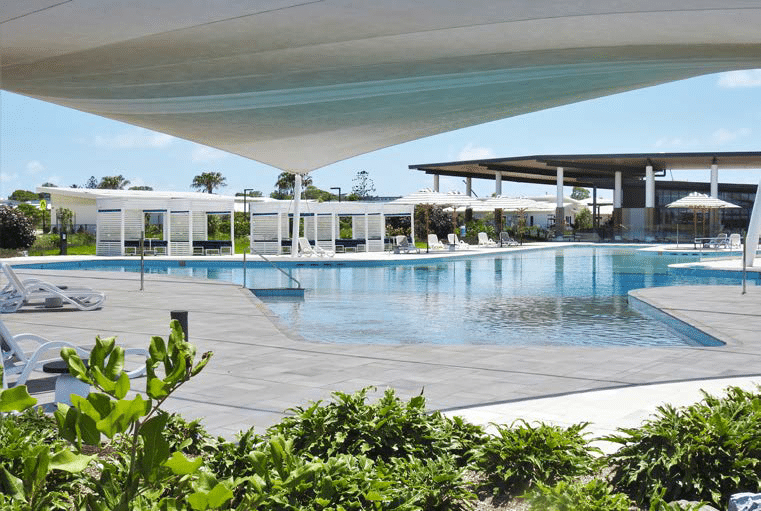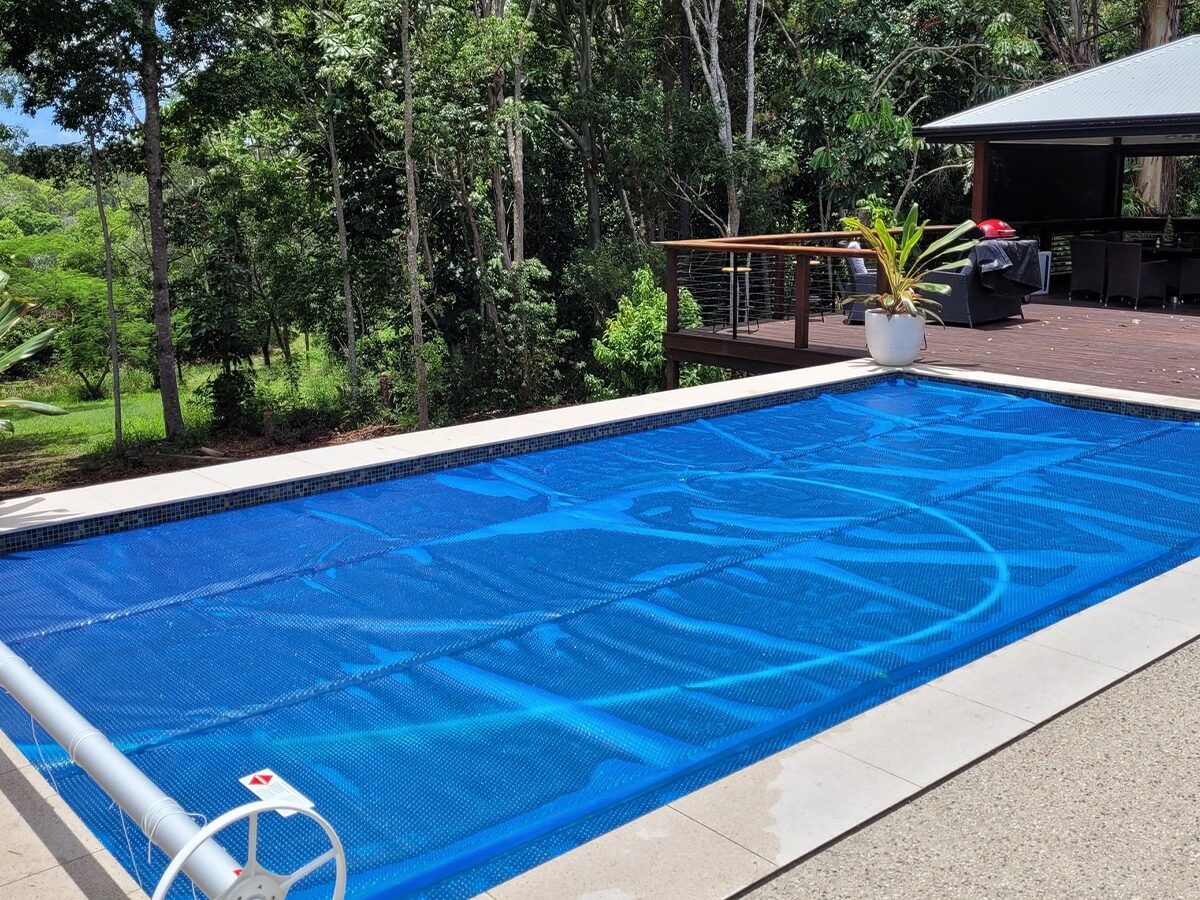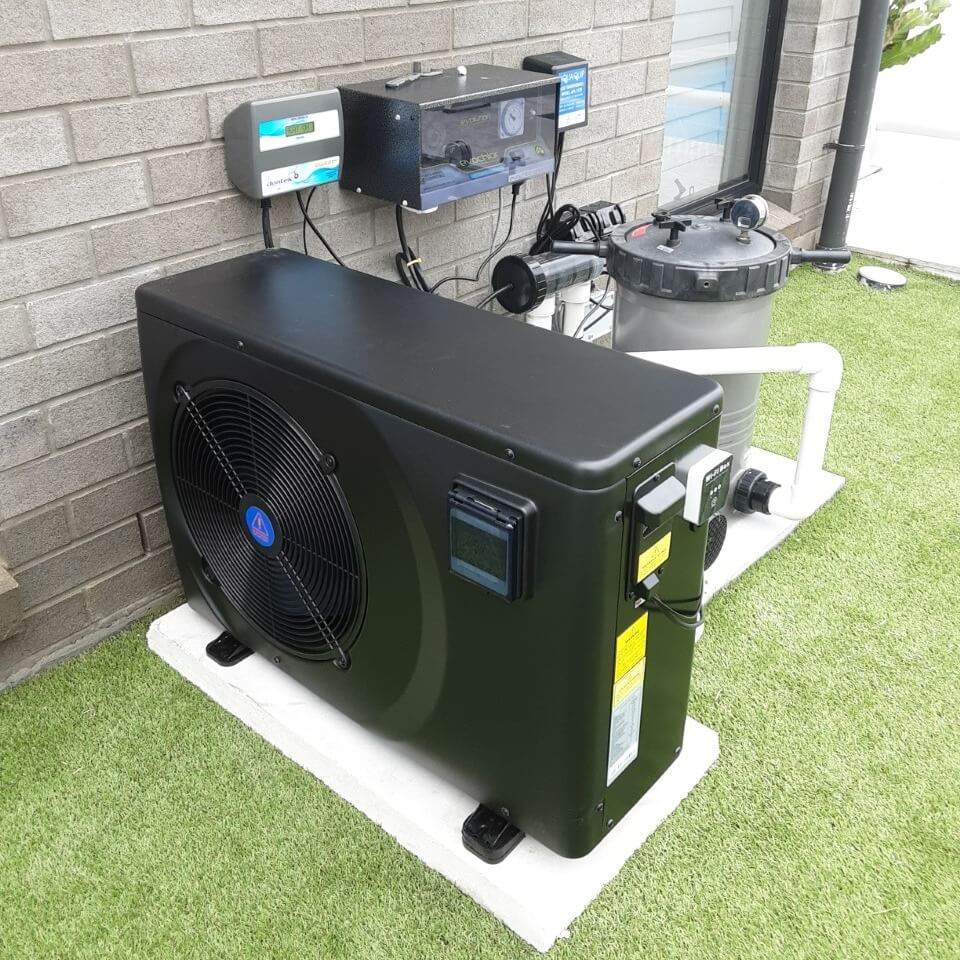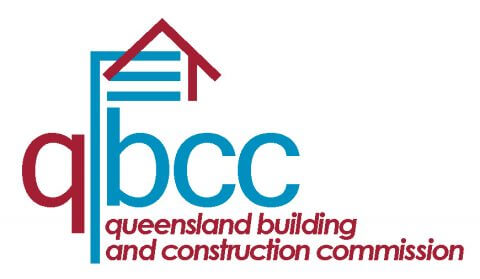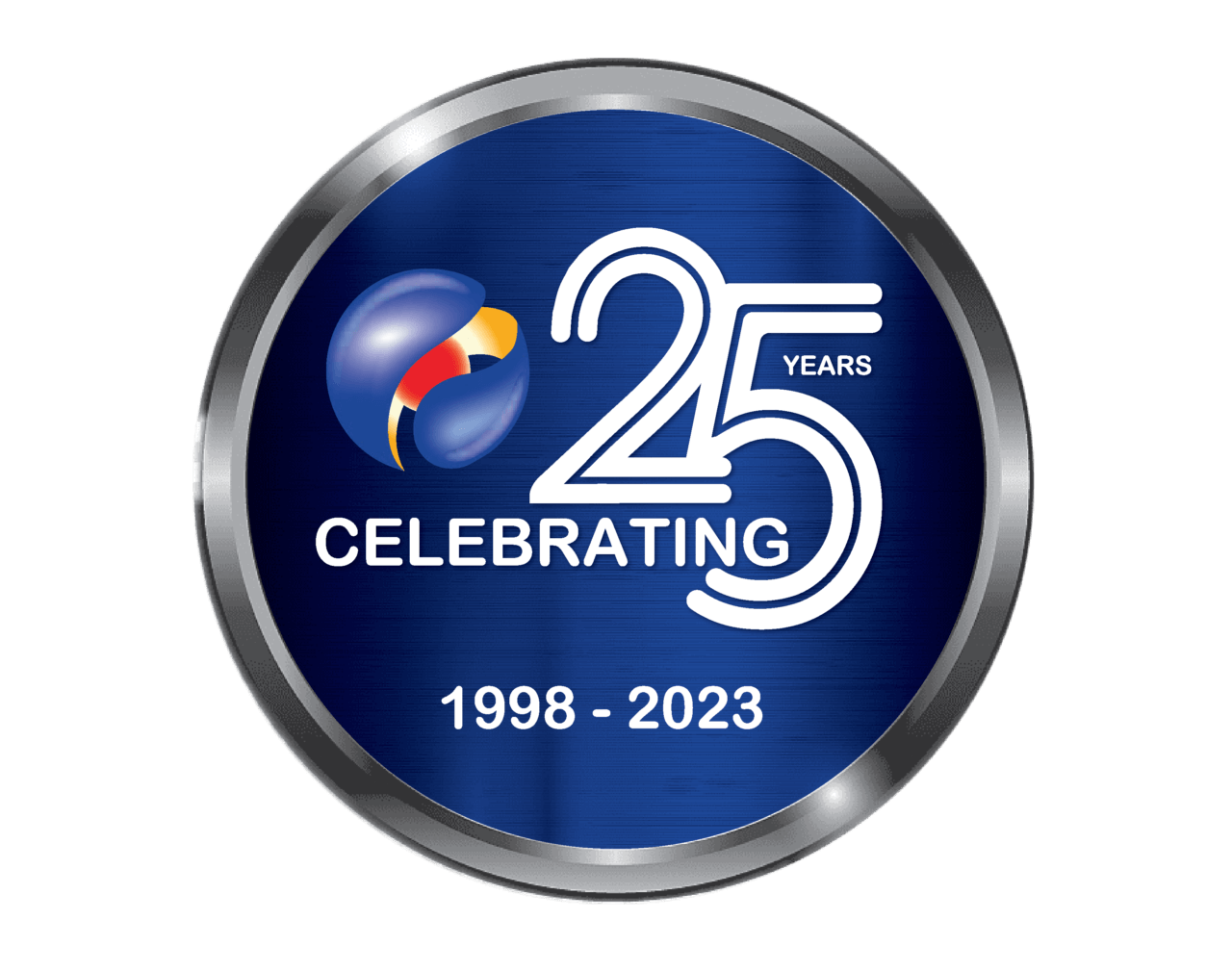When storms are predicted and you’re able to take action to prepare, we usually suggest turning off your pool filtration system and associated heating components until the storm has passed and you’re able to assess any potential issues.
Below are some quick points to review before the storms, and what you need to look at after the storm to ensure your equipment is ok.
If you’re unsure about the extent of the damage or your ability to safely inspect the system, please contact us for a thorough inspection.
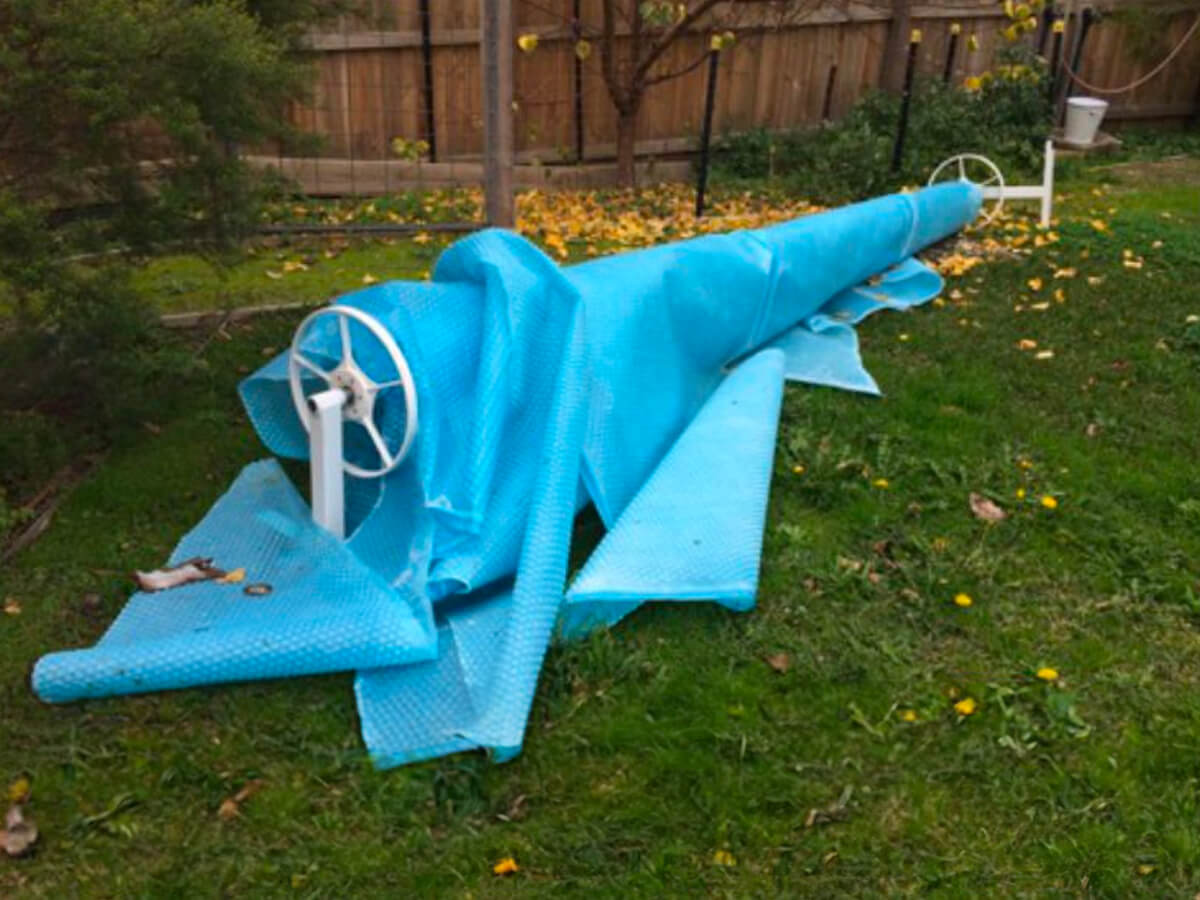
Pool Covers
Before: It may seem counterintuitive, but it’s best to take your pool cover off! Before the storm hits, roll it onto the roller and if you have a protective cover for it, put that on and secure it.
Covering your pool during a major storm could damage your pool cover from falling branches or trees, flash flooding, or strong winds that could tear it or even blow it away. It’s better to leave your pool uncovered until the storm has passed.
After: If your pool cover stayed on during a storm, the most common issue is tears from branches falling on the cover. It can also be blown off and twisted, creating cracks & rips. If you notice any damage, the cover will generally need to be replaced as it will not provide the heat retention & evaporation protection as well as intended.
Pool Rollers
Before: Once your pool cover is on the roller and ideally has a protective cover on it also, moving it to a more protected area (as pools tend to be open spaces) and securing it with additional straps, tie-downs or weights will keep it from moving.
After: Check your roller for damage from it being flipped over, such as snapped wheels, handles & impact damage from trees, branches or other items that could possibly bend the roller.
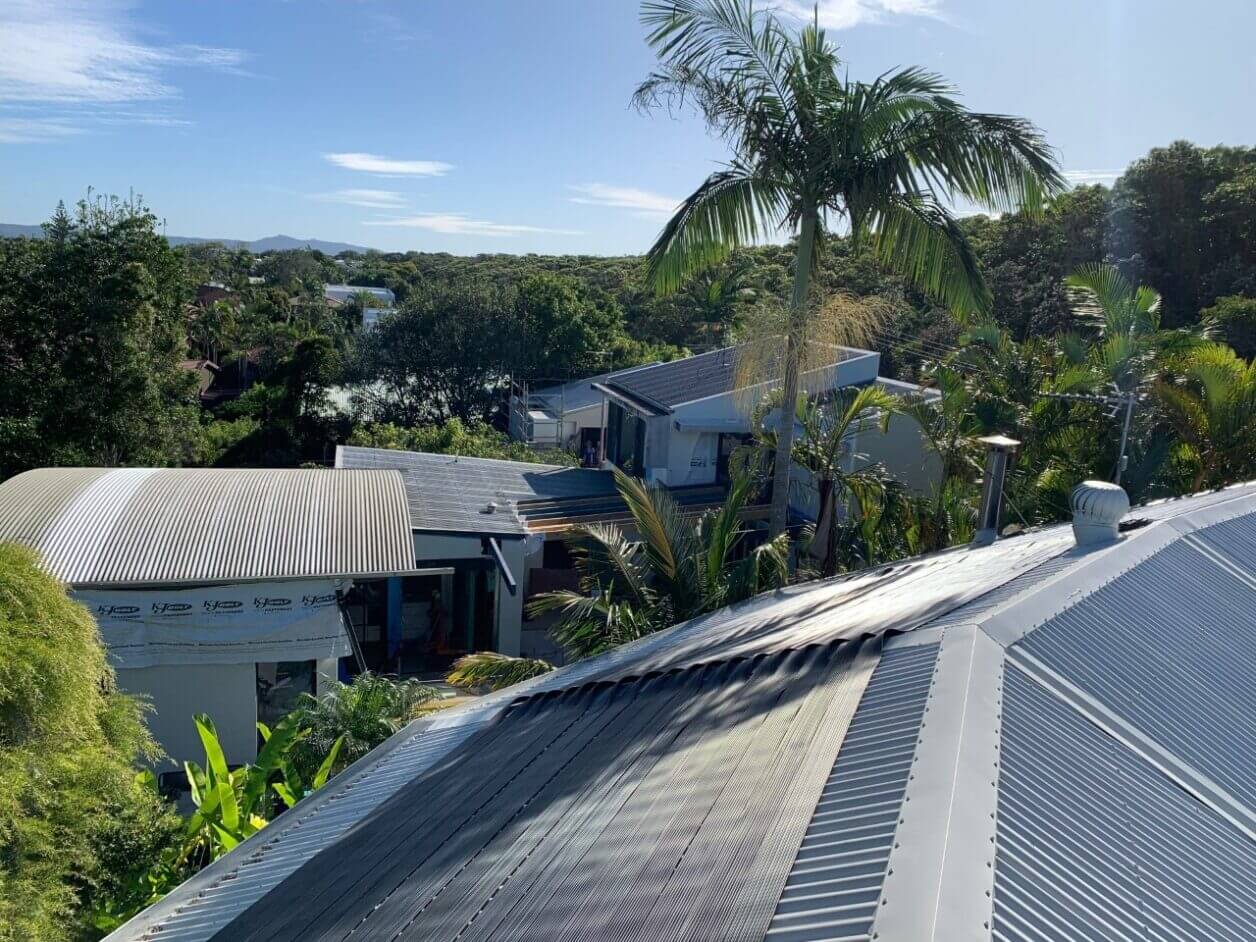
Solar Heating
Before: There isn’t much you can do about the solar collectors on your roof in a severe storm. A lot of the time they are hardy enough to withstand a storm, however, if it’s particularly bad, they can be damaged by hail and branches or torn away or off completely in some cases!
After: Once the storm has passed, if you suspect damage, we suggest having a professional inspection of your system to ensure that any damage is rectified quickly before it becomes hazardous.
Typical damage will be water leaking from the roof into the gutters when the system is on, and in some cases, a fountain of water will be noticeable. In these instances, you will need to turn off your solar system and leave it disconnected until repairs can be completed.
*Do not get on your roof to check the solar collectors! Always contact a professional with the proper safety equipment.
Electric Heat Pumps
Before: Ensure the area around the heater is clear from debris and any heavy water runoff is able to escape without impacting the heating unit.
After: While heat pumps are quite hardy from external damage, the biggest concern is flood water getting into the unit and debris collecting in and around the unit. The pipes leading to and from the unit can also be damaged, check these thoroughly.
Clear any debris from around the unit and if the pool equipment and system are capable of running safely, we suggest turning on the heater and checking for leaks, loud operational noises or electrical issues such as tripping circuits or error messages.
Additional checks
Error codes: Most pool heating systems have controllers that display error codes indicating specific problems. Check the controller for any error messages and consult the manual for troubleshooting steps.
By following these tips, you can increase the chance of your pool equipment weathering the storm and better understand what to check afterwards.
Remember, safety is always the top priority. If the storm is particularly severe, it’s best to prioritise personal safety and avoid any unnecessary risks near the pool

